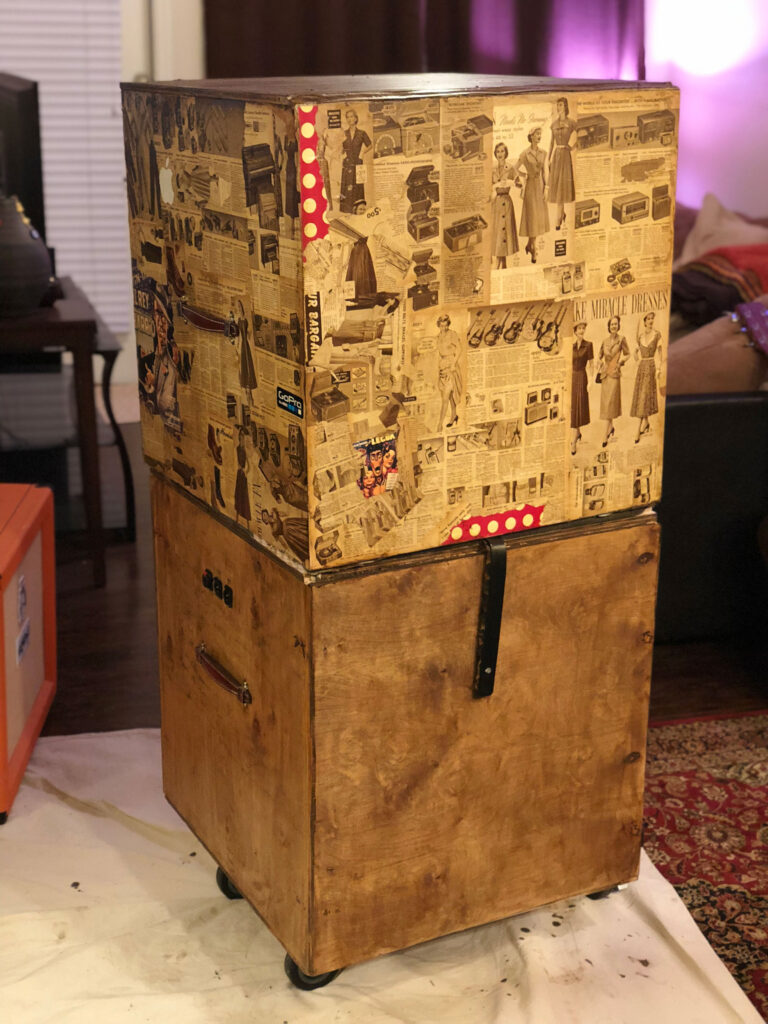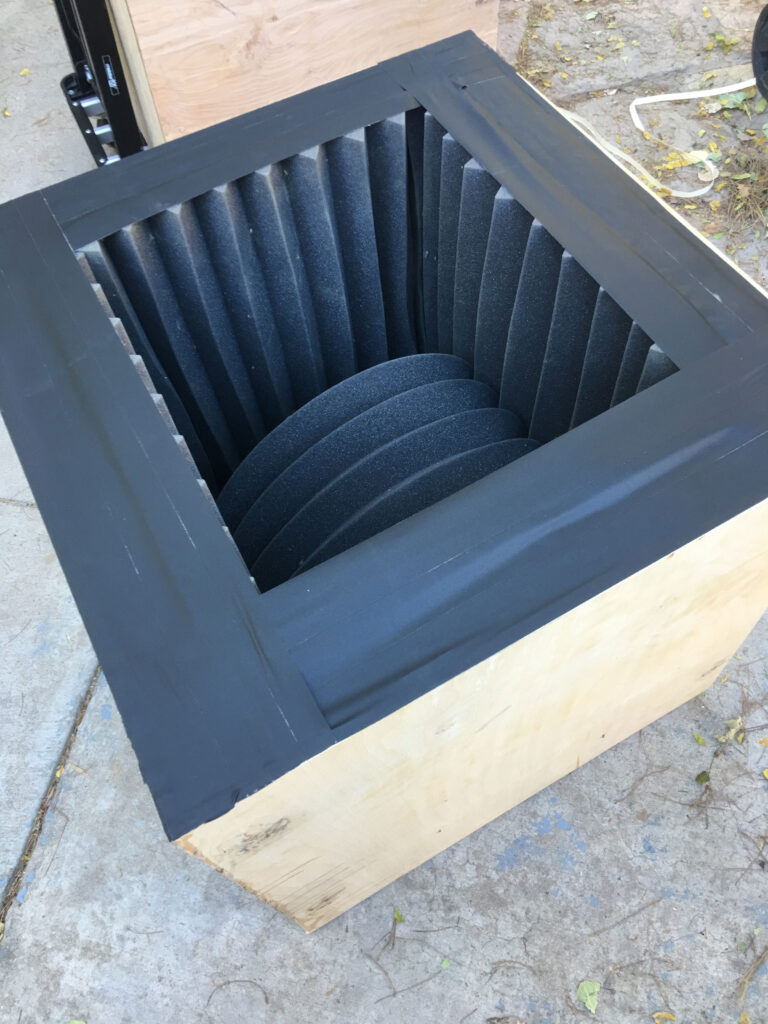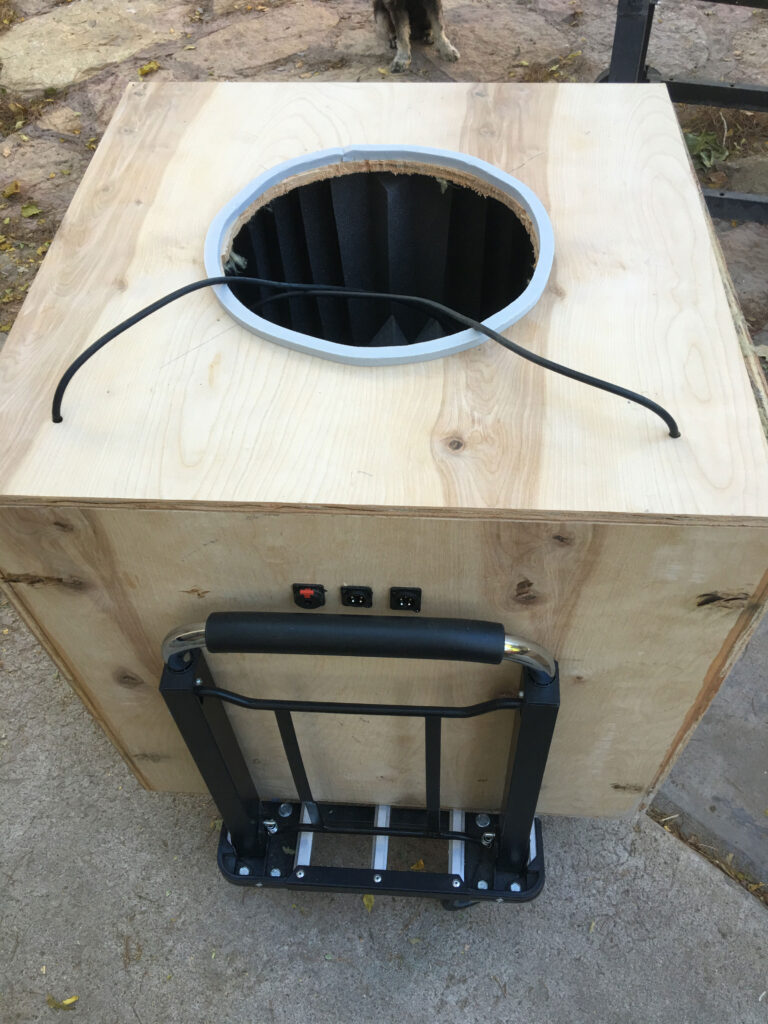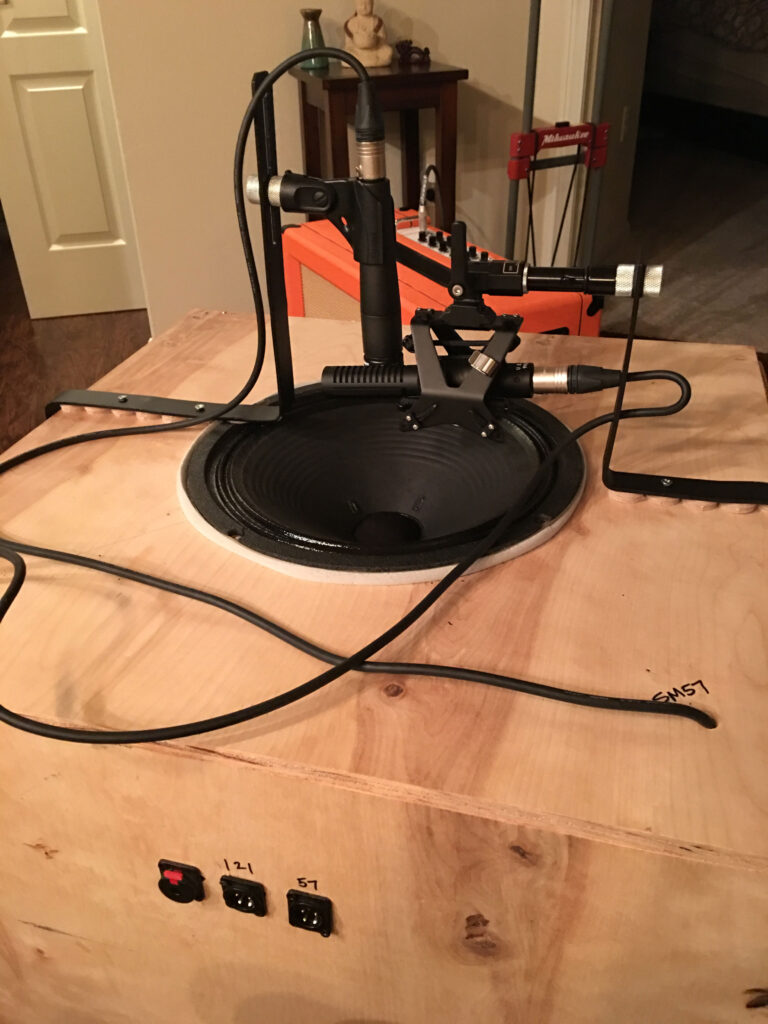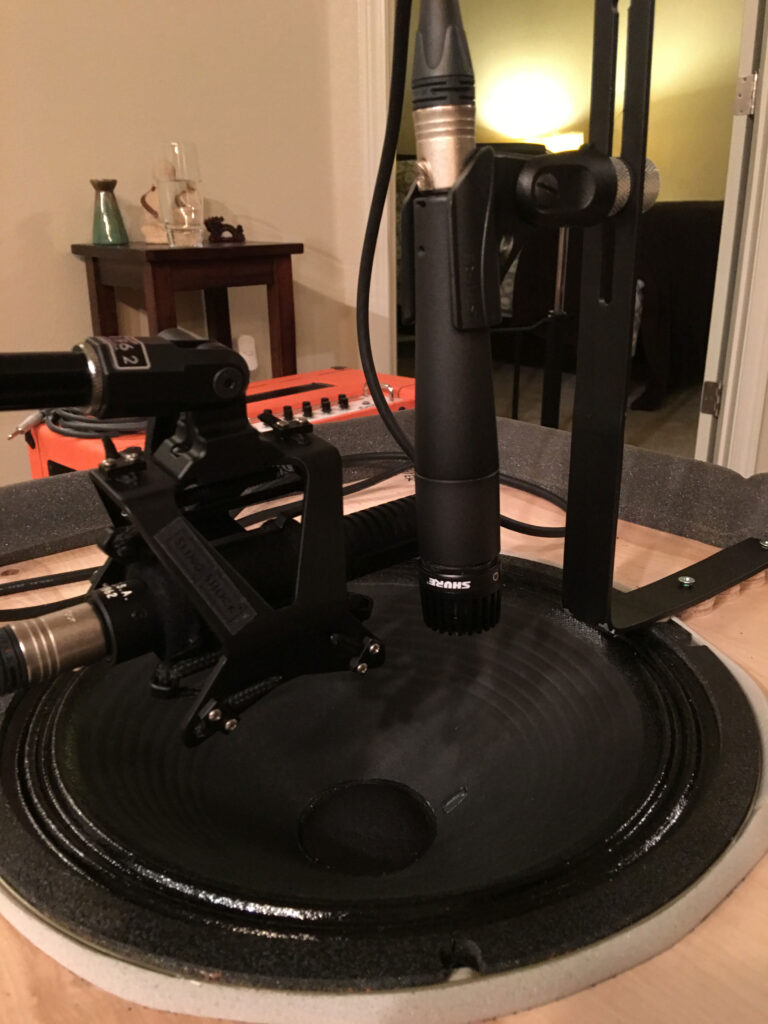Option 1: Simulation DSP
Since the blog launch, I’ve been getting many messages on various social media platforms: my guitar signal chain in the studio. I thought about sharing two guitar options that I used for the ep. The first option is pretty straightforward, using a Universal Audio Apollo Twin X, various plugins such as Fender ’55 Tweed Deluxe, Marshall Plexi Super Lead 1959, and my favorite new DSP from Neural (Cory Wong & Gojira). I don’t know, but I’m a sucker for some excellent UI/UX. The guys at Neural got their shit down pretty well. From there, I insert the plugin in my DAW and tweak it. I also insert a Neve 1073 for some color.
Option 2: ISO Box
I’m sure my neighbors would love me doing 12-15 takes of the same song so the next step would be the infamous iso box. Love them or hate them; I was skeptical about buying one from all the bad reviews. Good old Youtube to save the day – I built one from scratch.
The following setup was my first attempt to start recording from home. I am pretty proud of this one, but I’m not sure it suits everyone. Trust me, I’m not a carpenter and used lots of quiet putty to fill in gaps. Ha! First, I live in an apartment, and I can’t crank the warm sounds of a mic ‘d-up amp. Yes, I know there are simulation cabs like the OX Box, but I wanted to get warm, accurate signal tones and the OX wouldn’t allow me to use my 500 series outboard gear.

This thing is enormous, and I was worried about the rumbling it would make, but with all the wool cloth, foam, and small breathing brackets, it served its purpose. I slapped on some wood stain, applied graphics, and was good to go! I disconnected my Orange AD 30 Twin, connected the Mogami cable, and bam! We got an ISO Box.
From there, I fabricated a microphone clamp and stand from leftover parts of various stands I had that were either broken or missing something – yep, I hoard studio shit. The microphones I used were a Royer 121 and SM57. The cabling I used was Mogami that went straight into my 500 series rack – Neve 1073LB, (2) Neve 1073LB EQ, API 512C & Shadow Hills Dual Vandergraph Stereo Compressor for color. The next step would go into my Apollo Twin X, then to my DAW (Protools). Sometimes I would use the Radial D2 for a DI for a backup just in case I wasn’t happy with the tones.
Overall I was pretty happy with this, and the majority of my guitar parts were from this setup. I put the ISO Box in storage after I was done with the first initial recordings and was too lazy to bring it back when I wanted to redo some parts. With limited space in my apartment, I had to make some room. The retakes had to come with the first option.

I would bring it back again once I start tracking final takes on previous demos. In the meantime for a quick and easy way to get up and running is the first option. It gives the ability to jump right into creativity instead of setting up like you would in a typical studio. If I had space for it, I would definitely have my ISO box or room always prepped and ready to go.
| GUITAR TRACKING | SIMULATION DSP | ISO BOX |
|---|---|---|
| PROS | Easy to Use Fast Setup Time Affordable | Amp Speaker Volume Warm Analog Tones Nice with the Neighbors |
| CONS | Pricey Plugins Plugins use up DSP Need Decent RAM | Takes a lot Space Pricey Sound Boxy if too Small |







